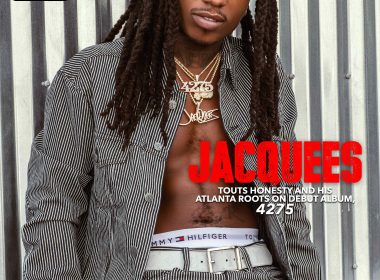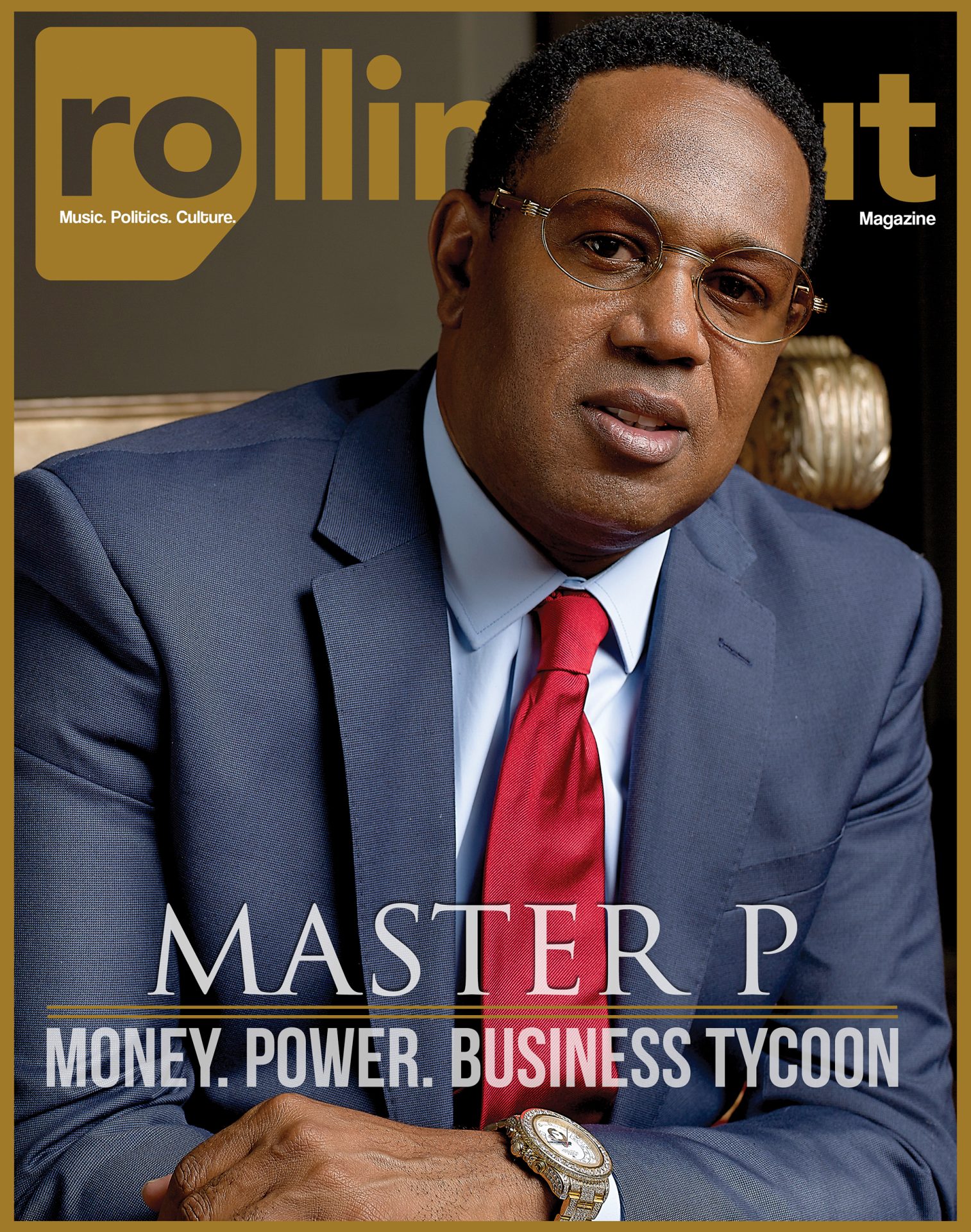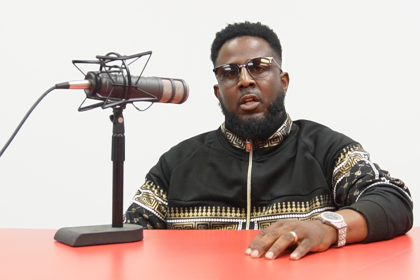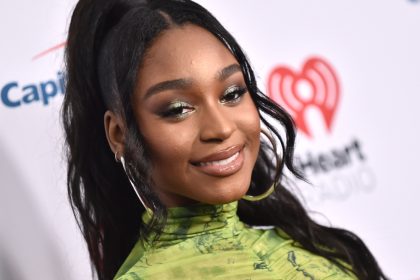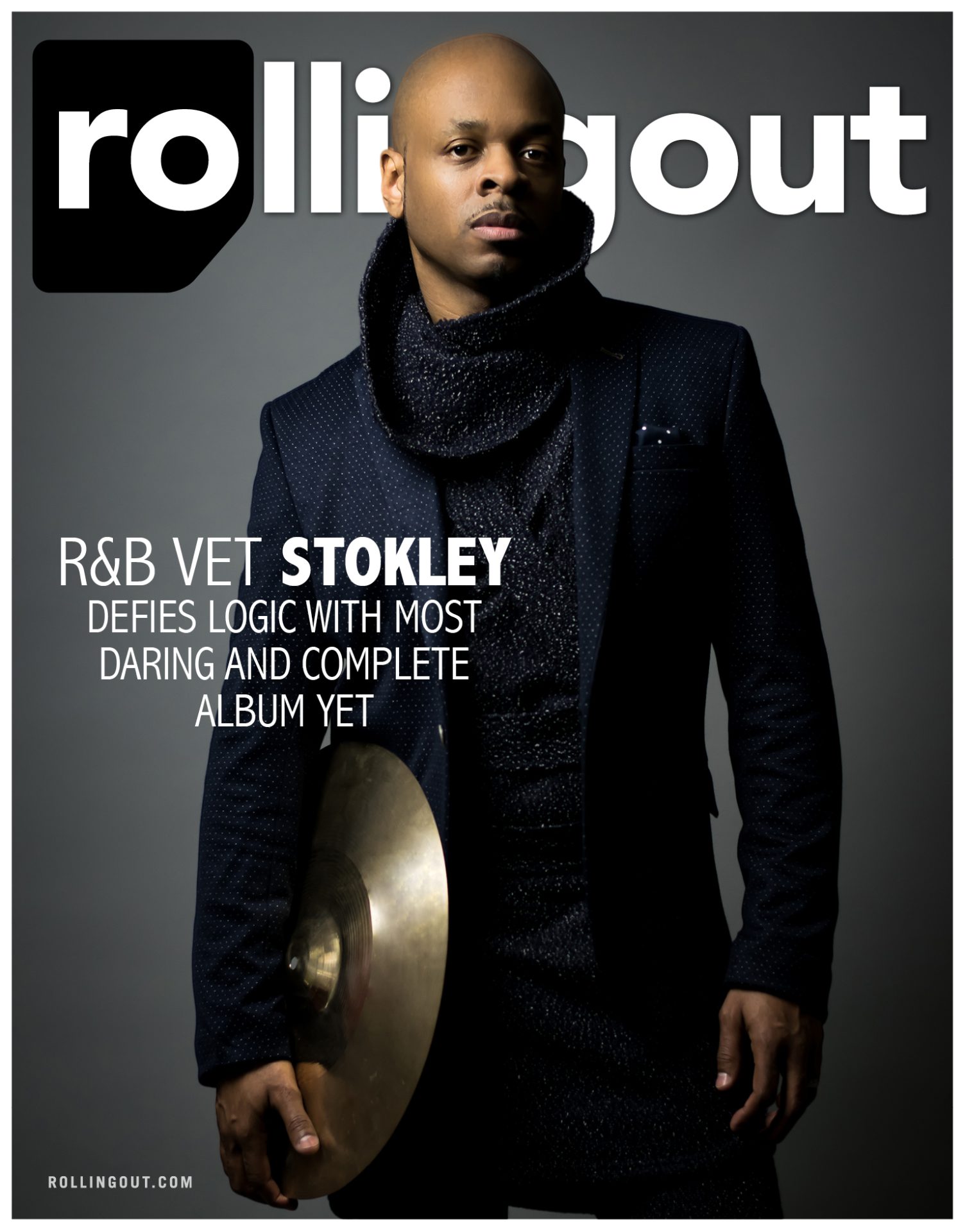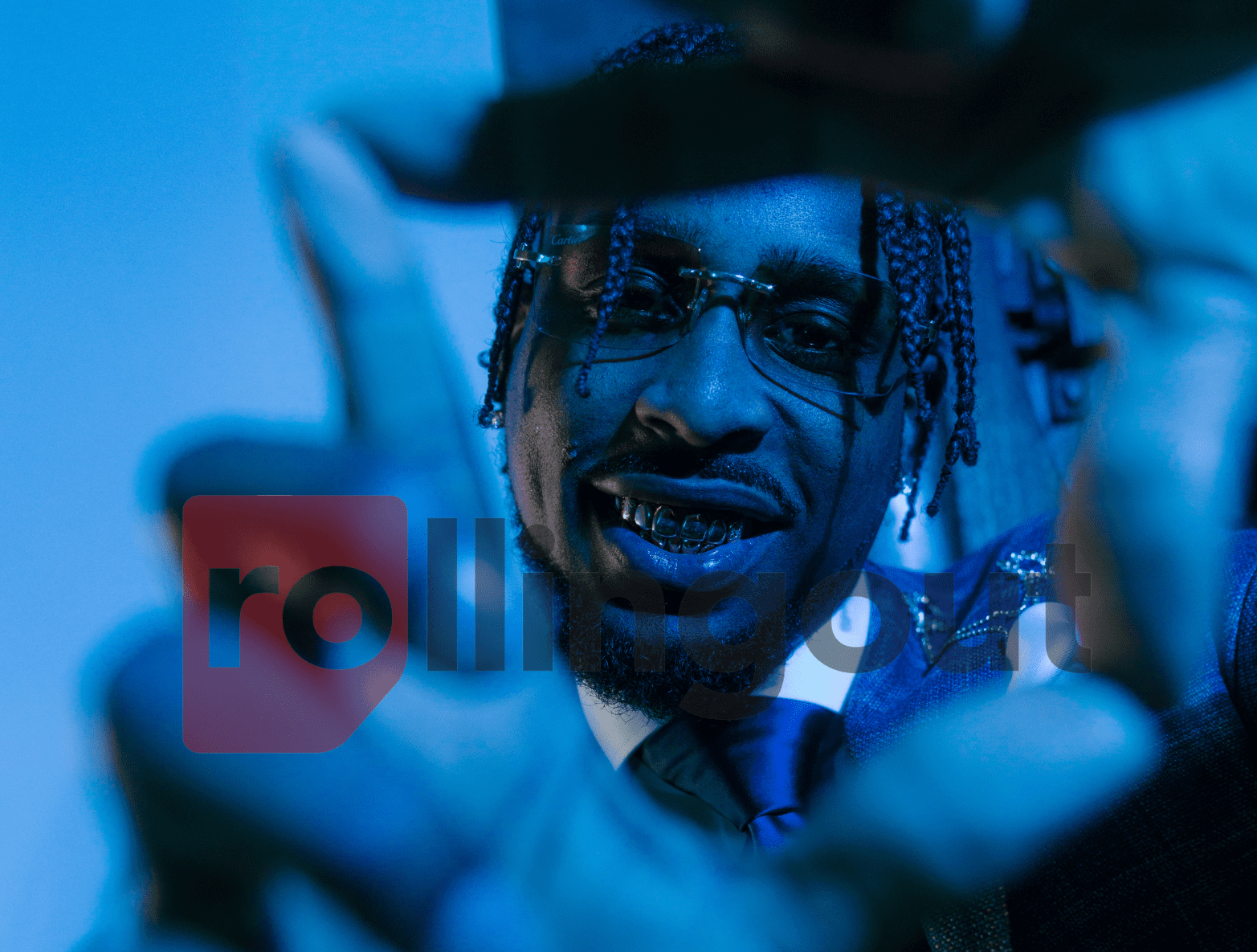Chapter 1 “Talk to the streets; then go to the world”
It’s only the fall in Georgia, but snow has come early. Driving in a white Bentley Phantom and dressed in all-black, Jeezy is in full Snowman mode. He’s days away from releasing his latest project and has arrived at his album listening party in downtown Atlanta. The room is filled with a multitude of industry execs, bloggers, publicists and tastemakers. This is an audience who is anxious to hear the new life of the Trap or Die trilogy.
Most of us became familiar with Jeezy’s views from the trap during the winter of 2005. While the notion of “Trap or Die” initially highlighted the desperation of selling drugs to avoid dying in poverty, rap music is now in a perpetual state of trap or die. If new rap music isn’t trap, it usually dies a quick and forgettable death. Jeezy, and producer Shawty Redd helped to usher in the trap sound, which often features heavy 808 drums, thick snares, and haunting organs. But it was Jeezy’s vivid descriptions and details of the trap that made the project feel like an audio documentary of street life.
“My whole thing was to talk about what was really going on,” Jeezy said during an interview in West Midtown Atlanta. “But I was giving so much game [about the streets], people kind of looked at it like I was dry snitching. But that’s the only thing I knew. I’m from the streets; I can tell you how to be in the streets and survive. That was my mind state and it just felt like I had to be overly honest. I feel like that was my connection; that was my win. … People were telling me that Trap or Die could be my album and I told them my album is going to be better. I want to talk to the streets and then I’m going to go for the world.”
Jeezy would eventually capture the world’s attention with his platinum-selling debut, Let’s Get It: Thug Motivation 101, and the subsequent albums that followed, The Inspiration, The Recession, and TM: 103. He was able to make street life more palatable to the masses with mainstream hits such as “Soul Survivor,” “Go Getta,” and “Put On.”
But as a new generation of rappers who claimed the trap emerged, Jeezy decided to serve as the big brother who could preach the game. With his last album, Church in These Streets, Jeezy transformed the Snowman into Pastor Young. Although the overall message was needed, Jeezy received mixed reviews from the project.
“I felt like it needed to happen ‘cause that’s where I was at,” Jeezy explained. “I just had got incarcerated, I was going through my trials as a Black man. That was my only vehicle, my only weapon to fight back. So, I used it with my music. In hindsight, I had to realize they didn’t want Martin Luther King from me; they wanted the Snowman. So, I would rather give them what they want cause that’s what I am able to speak. I can use the music as a platform to speak. [There are] too many people they can get it from. I felt like it was a great body of work, but it was more art than it was street. It’s like that with the streets because they want to celebrate. No matter how much the game changes, [there will] always be some young cats and older cats that need that motivation ’cause they need to feel it. If they get it from you, then they want to continue getting it from you.”
Chapter 2: “That’s basically what you’re selling. You’re selling adversity.”
With Trap or Die 3, Jeezy returns to the essence of trap music. With so many artists and producers delving into trap, Jeezy provides a solid reminder of who created the blueprint for the music sound and subgenre.
“The game has changed and I get that, but at the same time your mentality doesn’t have to change about you being successful, getting money, and being motivated to do better,” Jeezy said. “So that was my whole purpose in going back and doing Trap or Die 3, ‘cause it’s like, ‘Y’all still talking about the same thing?’ If you want to talk about [the] trap, let’s talk. You can’t sit down and have a conversation with Kobe Bryant about basketball and think he’s going to be quiet.”
The sound and the subject matter of trap music has mostly remained the same since Jeezy released Trap or Die in 2005. However, many of today’s rap stars are no longer just selling drugs; they are rapping about being the users. It’s a vast contrast to when Jeezy rapped about selling kilos of cocaine to change his life to artists who now are more likely to rap about popping Xanax, Molly, and drinking Lean.
“They might be mad at me for saying this, but I just think that they might be trying to escape the world they’re put in,” Jeezy said. “That’s what people do to maintain because it’s so crazy out here. Nobody is trying to help them or do anything for them, so they have to figure it out on their own. And sometimes that comes with a lot of pain. You got to be a different type of individual to endure that type of pain and that type of suffering and do it sober. That’s why your uncle used to drink all the time; he had problems. So, it’s like they just run to what they know and that numbs them for the moment. That gets them by. That’s their hope and you can’t knock that. I get it. People have done it for years and now it’s not just the younger generation. You have old White women us[ing] prescription drugs all of the time. I don’t even like to take aspirin, but that’s just me. I’m not here to knock anybody, but that’s not my focus.”
Chapter 3: “A great book is forever”
Jeezy understands the hurt and pain that the younger generation is facing and knows that change must start at a grassroots level. Although the election is a few days away, he understands that the next president probably won’t change the overall hurt and pain that often occurs in the Black community.
“We shouldn’t be looking for them to fix our community, our inner-city kids and poverty,” he said. “We have to figure that out because these are our kids. When you came up in ancient times, you had to take care of the village. Whoever gets in office, they’re not going to be able to fix all these things that are going on in these inner cities because the tension is so high. My son is here with me today. I’m going to put him to work because I feel like that he has to see that. But at the same time, that’s the step that I am taking because we came from the projects for real. He could be doing a lot of other things. His little brother just got shot. So, it’s like I tell him every day, ‘Life gets greater later.’ ”
It could be a challenge for Trap or Die 3 to resonate with the same passion that was exhibited on his original magnum opus, Trap or Die. But Jeezy could walk away from it all today and his significance in music will still be impactful. He told the story of the trap and those who lived, worked, and played in those forgotten locations in America. Because of that alone, Trap or Die will never die.
“I want people to say that I was a solid guy,” Jeezy said when thinking about his legacy. “I want to be forever. That’s why I don’t do microwave music. It’s thought out. I experienced it. I lived it. And I wrote about it. It’s like my book. Every album is a chapter out of that book. When you read a great book, a great book is forever.”
[cigallery]





